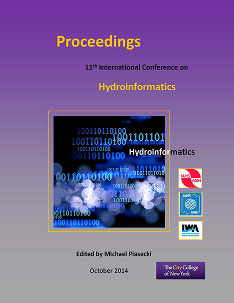Document Type
Presentation
Publication Date
8-1-2014
Abstract
The intentional contamination of water distribution systems represents one of the major risks for citizens, consequently after 11th September 2001 many international organizations have been concerned about it. The availability at low cost of new monitoring and management devices, controlled by a remote system, allows to define different layouts of the water network in a new paradigm of dynamic layouts of water distribution systems in which an important role is played by water network partitioning and sectorization. Recently the advantages of these techniques have been investigated to analyse their application to the problem of water network protection from the contamination. The possibility of designing districts and sectors reduces the risk of affecting many people because several points of contaminant introduction would be needed to produce a wide negative impact on the network. Furthermore, the closure of the sectors, in which the contamination occurs, allows to protect significantly a part of the users. This way the water network partitioning respects the criteria of dual-use value because districts and sectors, in addition to protect the network from contamination, are essentially defined for other aims (water balance, pressure management, etc.) optimizing the costs. The design of the water network partitioning is essentially based only on the reduction of the negative effects on hydraulic performance due to the insertion of gate valves in the network, but not on the minimization of the negative effects of a possible contamination. In this study a novel methodology is proposed that allows to optimize the design of water network partitioning both for compliance of hydraulic performance and for water protection. The methodology is based on heuristic optimization techniques that optimize a costrained multiobjective fuction. The analysis was carried out with different contaminant and sectorization scenarios on a real multiple source water distribution network in Mexico.



Comments
Session R58, Water Distribution Networks: Leak Detection II